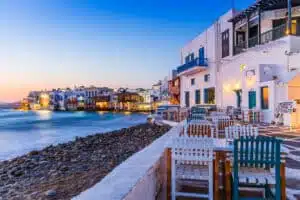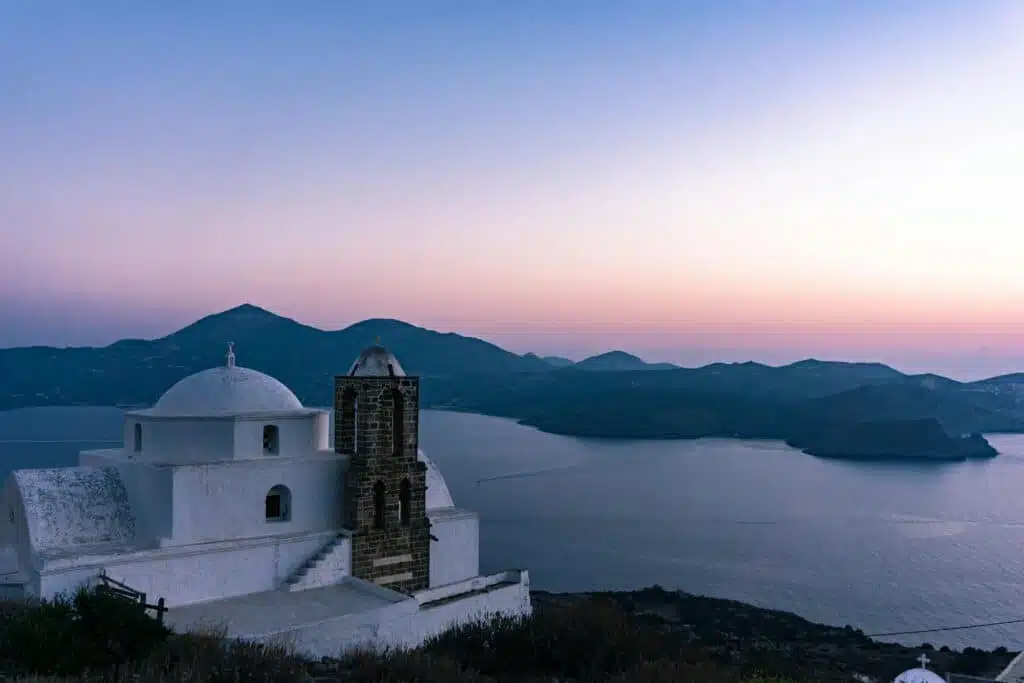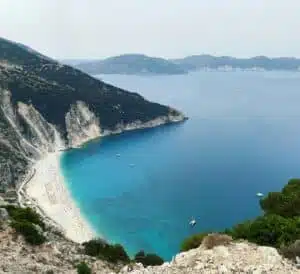
Naxos: Flavours, traditions and landscapes of a Cycladic island not to be missed
Naxos invites you to explore another Greece, with its mountain villages, wild beaches and local festivals. Let us guide you through its traditions, local produce and luminous landscapes, far from the crowded circuits.







